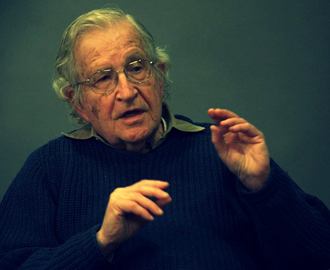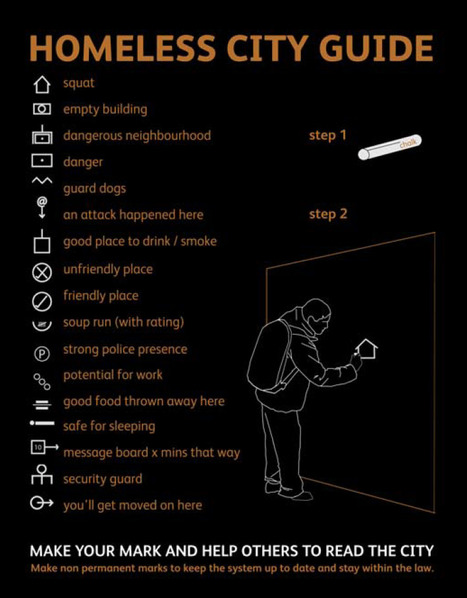"African countries are also quite diverse from an ethnic standpoint. As the Washington Post's Max Fisher noted back in 2013, the world's 20 most ethnically diverse countries are all African, partially because European colonial powers divvied up sections of the continent with little regard for how the residents would have organized the land themselves. This map above shows Africa's ethnographic regions as identified by George Murdock in his 1959 ethnography of the continent."
Tags: Africa, colonialism, borders, political, language, ethnicity.
Via Javier Marrero Acosta



 Your new post is loading...
Your new post is loading...













Africa is a very diverse and complicated continent due o mistakes made in the Berlin Conference. The strange boundaries drawn restrict these African nations to be one with their own people not with their enemies.
We have seen the repercussions of ethnic tensions play out in the Balkans, the Middle East, and even in the United States, and Africa is no exception. Arbitrarily drawn national borders- the remnants of European colonialism- means that there is often significant ethnic diversity within many African nations. Although this creates interesting blends of language and culture, it has often bred violence in many countries, perhaps most notably in South Africa and Rwanda. Although many members of the West like to lump the entire continent into a single category, this could not be further from the truth. The second largest continent with extreme biodiversity, it has bred thousands of languages and hundreds of different cultural backgrounds, sometimes within a single country. It is important for the West to understand the complex make-up of the African continent in order to avoid the Eurocentric assumptions many Westerners make when discussing the continent. There isn't a single "Africa"- there isn't even a single "Nigeria," but rather a multitude of different peoples and cultures, equally as complex as those found in other regions of the world. This map does a very good job at illustrating the complexity and richness of the continent.
People often underestimate how diverse Africa really is. We often have the tendency to lump all Africans together in one large ethnic group. The actual number of different ethnic groups in Africa is rather staggering. This map can also be used as a partial explanation for the amount of ethnic conflict in Africa. Often times, these ethnic groups are squashed together in states with poorly drawn borders. Under that situation, ethnic conflict becomes inevitable.